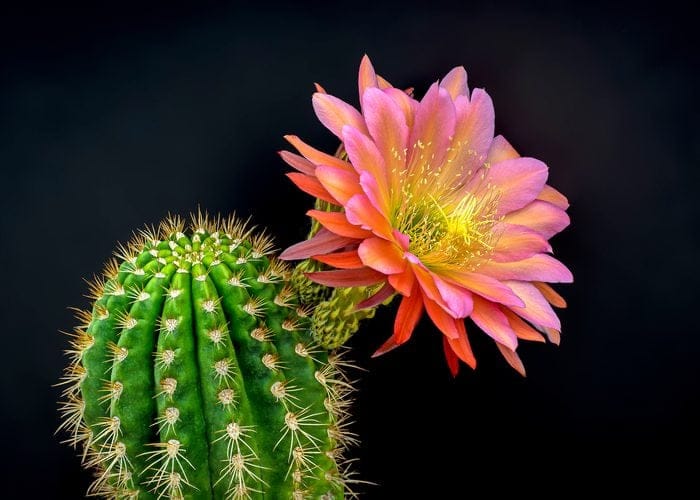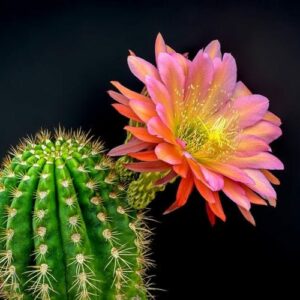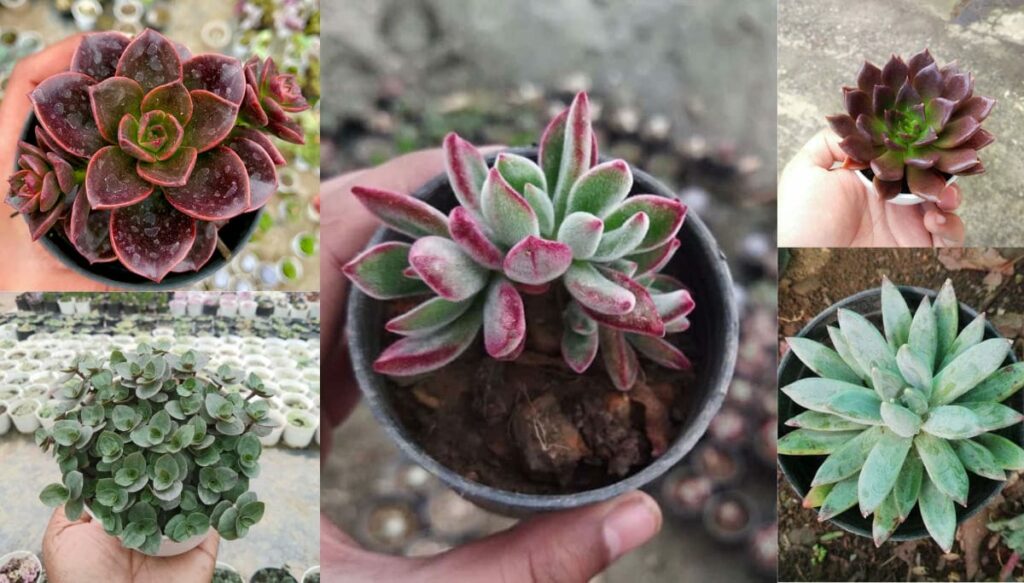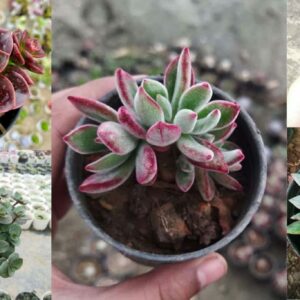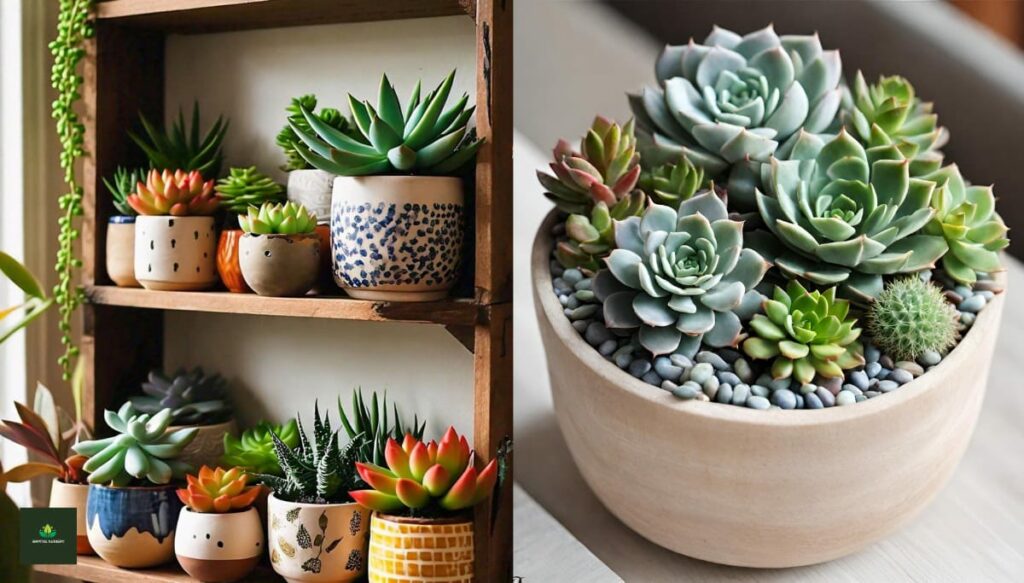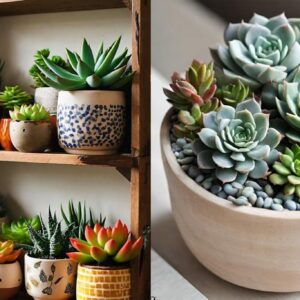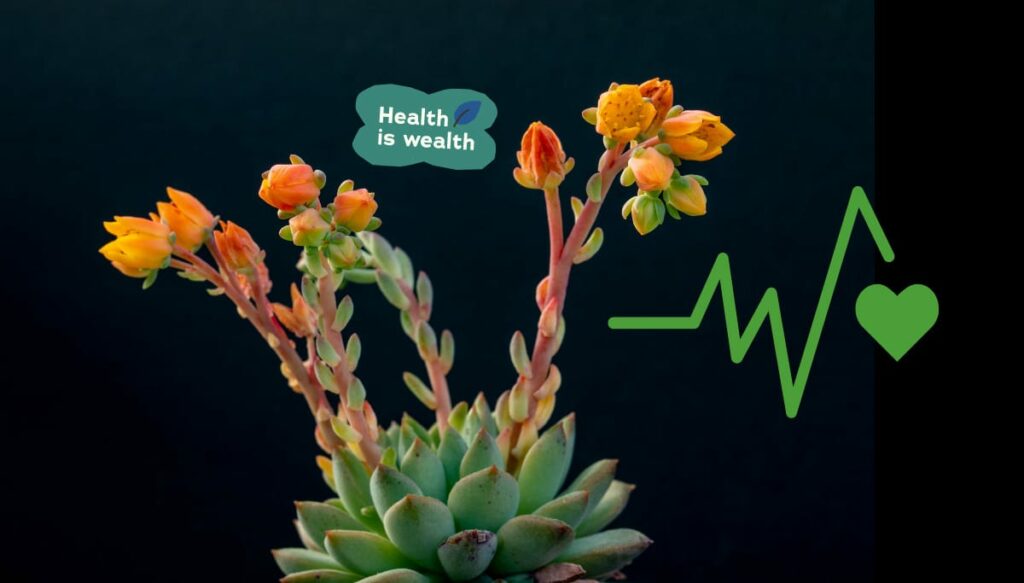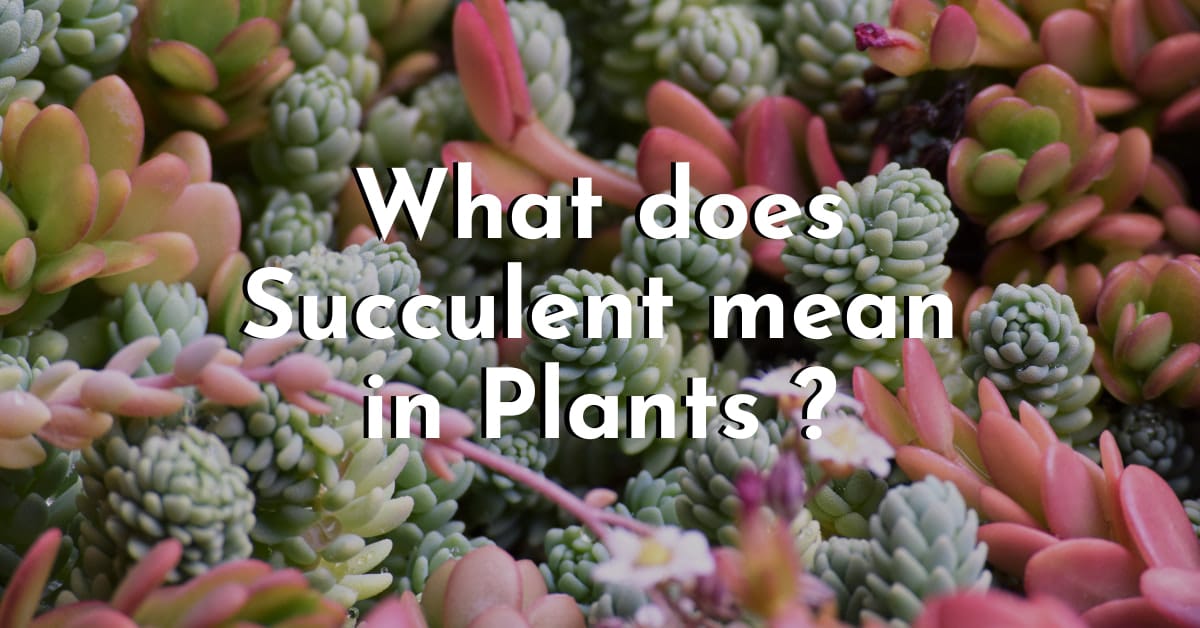
What does Succulent mean in Plants ?: Succulent plants are a diverse group of plant species characterized by their thick, fleshy leaves, stems, or roots. Examples include cacti, aloes, agaves, and echeverias. These plants have evolved various strategies to thrive in environments with limited access to water.
Introduction
Succulent plants have captivated the attention of botanists, gardeners, and nature enthusiasts alike with their unique adaptations to arid environments. These plants, characterized by their fleshy leaves and stems, have evolved remarkable mechanisms for storing water, enabling them to thrive in some of the harshest climates on Earth. In this article, we delve into the world of succulent plants, exploring their characteristics, adaptations, ecological significance, and popular species.
What Makes a Plant Succulent?
At the heart of succulence lies the ability of plants to store water in their leaves, stems, or roots, a trait that sets them apart from other vegetation. Succulent plants typically have thick, fleshy tissues that serve as reservoirs for water storage. This unique feature allows them to survive prolonged periods of drought by storing water during times of plenty and utilizing it during dry spells.
Adaptations for Arid Environments
Succulent plants have evolved a range of adaptations to thrive in arid and semi-arid regions where water is scarce. One of the most notable adaptations is their reduced surface area to minimize water loss through transpiration. Many succulents have small or absent leaves, while others have modified leaves or stems that serve as water storage organs. Additionally, succulent plants often have shallow root systems that can quickly absorb moisture from rain or dew.
Ecological Significance
Succulent plants play vital roles in their native ecosystems, contributing to biodiversity and ecological stability. In arid regions, they provide food and shelter for a variety of animals, including insects, birds, and small mammals. Some succulents, such as cacti, also act as nurse plants, providing shade and protection for seedlings of other species. Moreover, their ability to withstand harsh conditions makes them crucial contributors to soil stabilization and erosion control.
Popular Succulent Species
The world of succulent plants encompasses a diverse array of species, each with its own unique characteristics and appeal. Among the most popular succulents are the various species of the genus Echeveria, known for their rosette-shaped leaves and vibrant colors. Another favorite is the Aloe vera plant, valued for its medicinal properties and striking appearance. Cacti, including the iconic Saguaro and the prickly Pear, are also beloved members of the succulent family, admired for their resilience and desert charm.
Caring for Succulent Plants
While succulent plants are renowned for their ability to thrive in dry conditions, they still require proper care to flourish. Key considerations include providing well-draining soil to prevent waterlogging, ensuring adequate sunlight for photosynthesis, and avoiding overwatering, which can lead to root rot. Propagation techniques such as leaf or stem cuttings allow gardeners to expand their succulent collections with ease.
Succulents in Cultivation and Design
Beyond their natural habitats, succulent plants have found their way into gardens, homes, and landscapes around the world. Their low-maintenance requirements, striking appearance, and versatility make them popular choices for both indoor and outdoor cultivation. Succulents are often featured in container gardens, rockeries, and xeriscapes, adding texture, color, and visual interest to any setting.
Conclusion
Succulent plants are marvels of nature, perfectly adapted to survive and thrive in some of the most challenging environments on Earth. Their fleshy leaves, water-storing tissues, and resilient nature make them fascinating subjects of study and cherished additions to gardens and landscapes worldwide. By understanding the unique adaptations and ecological significance of succulent plants, we gain a deeper appreciation for the beauty and diversity of the natural world.
